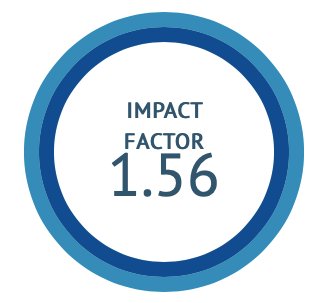Management of Herpes Zoster solely employing Ayurveda: A case report
DOI:
https://doi.org/10.47552/ijam.v14i4.3909Keywords:
Herpes Zoster, Patolakaturohinyadi Kashayam, Shatadhauta Ghrita, VisarpaAbstract
Background: Varicella-zoster virus (VZV) causes two distinct clinical syndromes: varicella (chickenpox) and herpes zoster. Though human-specific, varicella-zoster virus infections can last for a few hours or even a day or two outside of humans. Herpes zoster is similar to Visarpa disease in Ayurvedic texts. Visarpa spreads very rapidly to many different body parts. Because it spreads throughout the body, it is also known as Parisarpa. Analysing the herpes zoster symptoms, it reveals vitiating Twak, Rakta, and Mamsa Dhatu, with vitiation of Vata-Pitta-dominated Tridosha. This helps us understand the gravity and importance of the disease. Visarpa is not a chronic illness like Kushtha (skin diseases), but, if left untreated, might lead to severe complications. Material and methods: A 25-year-old female with the main complaint of gradually erupted vesicles on the ventral aspect of her right forearm and excruciating burning pain, erythema, and mild itching. The patient was treated with Patolakaturohinyadi Kashayam, powders of Sariwa (Hemidesmus indicus R.Br.), Yashtimadhu (Glycyrrhiza glabra Linn.), Amalaki (Emblica officinalis Gaertn.), Gandhaka rasayana. Shatadhauta ghrita and Durva ghrita were used for local application. Observation and Result: With the aid of internal treatment employing these yogas, the patient shown optimistic outcomes, and herpes zoster was successfully treated with Ayurveda.
Downloads
Published
How to Cite
Issue
Section
License
Copyright (c) 2024 International Journal of Ayurvedic Medicine

This work is licensed under a Creative Commons Attribution 4.0 International License.
The author hereby transfers, assigns, or conveys all copyright ownership to the International Journal of Ayurvedic Medicine (IJAM). By this transfer, the article becomes the property of the IJAM and may not be published elsewhere without written permission from the IJAM.
This transfer of copyright also implies transfer of rights for printed, electronic, microfilm, and facsimile publication. No royalty or other monetary compensation will be received for transferring the copyright of the article to the IJAM.
The IJAM, in turn, grants each author the right to republish the article in any book for which he or she is the author or editor, without paying royalties to the IJAM, subject to the express conditions that (a) the author notify IJAM in advance in writing of this republication and (b) a credit line attributes the original publication to IJAM.




